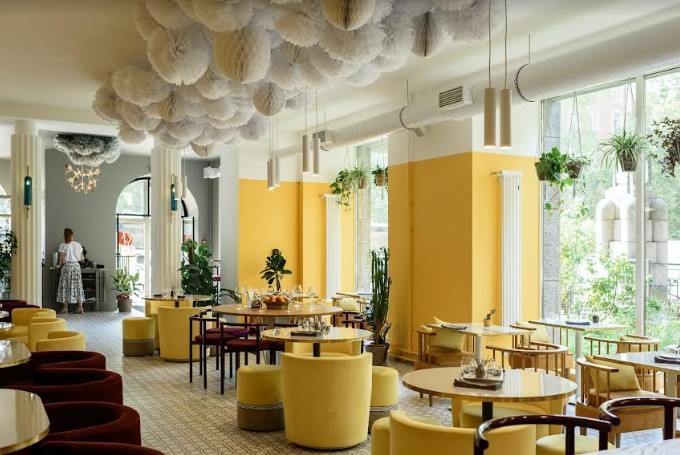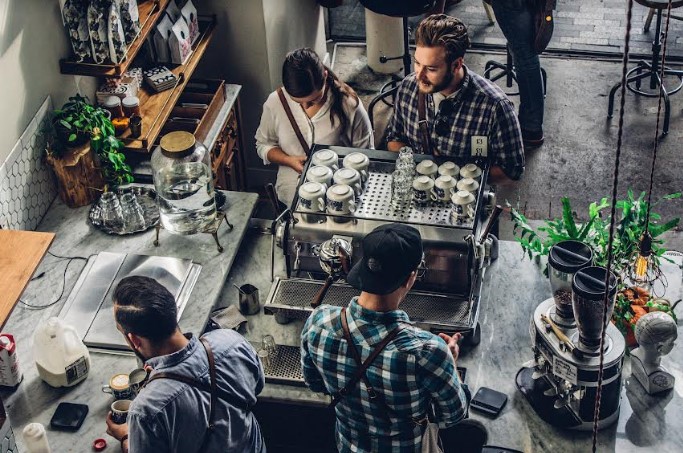When we design a restaurant and want to increase the likelihood that customers will return, there are three main elements to consider when creating the customer experience:
- First impression

The first element considers the design, layout and functionality of the space. The way furniture, equipment and decorative elements are arranged is the first thing that the client will validate when confirming whether their experience will be positive. These elements play an important role in the authenticity and ethnicity of the proposal. The first impression is decisive.
- Customer experience
The second refers to the signage, symbols and artifacts that will guide the customer to the experience they are about to live. The neurogastronomy behind this is that, naturally, human beings quickly recognize different elements that help us make better decisions and ensure our safety.

Identifying the different experiences that can be lived in a restaurant, either with words, drawings or three-dimensional elements, is important to give our customers the confidence they are looking for. For example, we recently went to a restaurant where, upon entering, we could clearly see a beautifully arranged station where a person was preparing arepas on the grill; it was a spectacle to appreciate the skill with which they made them. As we moved into the room, of course, we all wanted to eat some good arepas.
Think for a moment how much the customer experience makes a difference in that first moment when the diner arrives at the restaurant.
- The personality of your food business
The third element is made up of all the background conditions that set the atmosphere: noise, music, lighting, color, temperature, aromas and, most importantly, the service offered to each diner. These factors give personality to the place, making everything come alive and influencing the five senses, changing the emotionality and perception of the whole experience.
The restaurateur must know that these three elements must be combined in harmony and with great congruence, paying special attention to the atmosphere, since this can determine whether a customer will return or not.
In a recent study led by Üzeyir Lazo of Ordu University, published in March 2021 in the Journal of Tourism and Service in Turkey, the effect of the restaurant atmosphere on behavioral intention was examined. Interestingly, spatial design, together with the employee factor, had a positive effect on revisit intention, word-of-mouth intention and willingness to pay more; in contrast, it was found that facility aesthetics did not statistically significantly affect willingness to pay more or word-of-mouth.
This conclusion is very important, as it confirms, once again, that a customer’s experience is conditioned by the quality of service and the emotions they make us feel when we are served. Training the customer service staff in emotional skills is decisive.
We co-created this content with @neurogastronomo to help your business grow.
